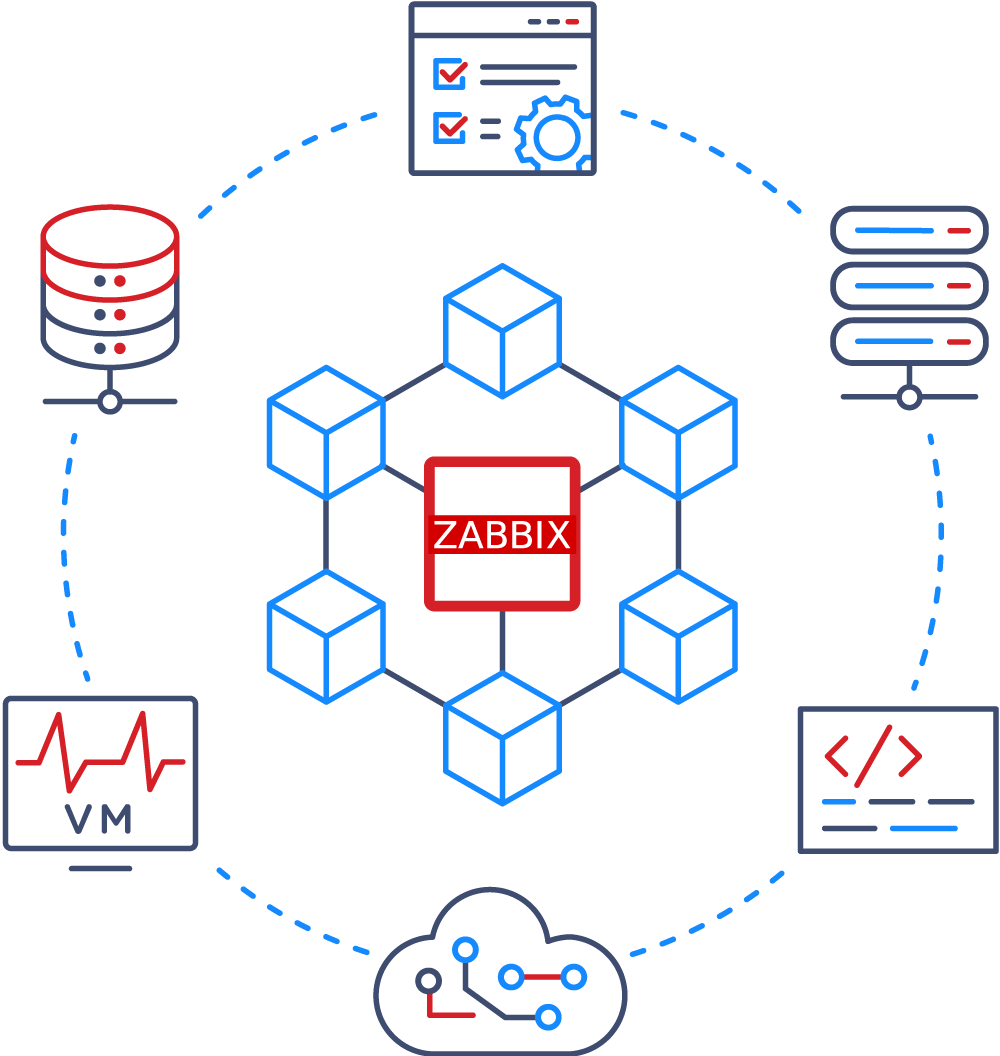
As a system administrator, one of the key challenges is to ensure that your monitoring is efficient. In this blog post, I will explain how I structure my Zabbix monitoring to maximize efficiency and reduce unnecessary polling of metrics, while still getting the level of detail that I need on certain metrics. By following these techniques, you can achieve the right balance between detail and efficiency in your Zabbix monitoring.
One of the key benefits of reducing unnecessary polling is that it helps to improve the efficiency of your monitoring. Every time Zabbix polls a metric, it puts a small amount of strain on the system being monitored. If you are monitoring a large number of metrics, this can quickly add up and cause the system to slow down or even crash. In addition, excessive polling can lead to a large amount of data being collected, which can be difficult to manage and analyze.
To avoid these problems, it’s important to carefully structure your Zabbix monitoring to minimize the number of unnecessary polls. Here are some of the techniques I use to do this:
- Use low-level discovery (LLD) to automatically detect and monitor the components of a system. This allows Zabbix to monitor only the metrics that are relevant to the current configuration of the system, rather than polling a fixed set of metrics.
- Use triggers to only poll a metric when it is likely to be useful. For example, if you are monitoring the CPU usage of a server, you can set a trigger that only polls the metric when the usage is above a certain threshold. This way, you can avoid unnecessary polls when the CPU usage is low.
- Use a tiered approach to monitoring, where different metrics are polled at different frequencies. For example, you can poll critical metrics (such as CPU and memory usage) more frequently than less important metrics (such as the number of logged-in users). This allows you to get detailed information on the metrics that are most important, while avoiding unnecessary polling of less important metrics.
- Reduce polling with dependent items. Dependent items allow you to define a relationship between two or more metrics, so that a metric is only polled if the value of another metric (the “master” metric) meets a certain condition. You can read more about that here.
In summary, carefully structuring your Zabbix monitoring to reduce unnecessary polling of metrics is important because it helps to improve the efficiency of your monitoring, avoid overloading the system being monitored, and make it easier to manage and analyze the collected data. By using low-level discovery, triggers, and a tiered approach, you can achieve the right balance between detail and efficiency in your Zabbix monitoring.